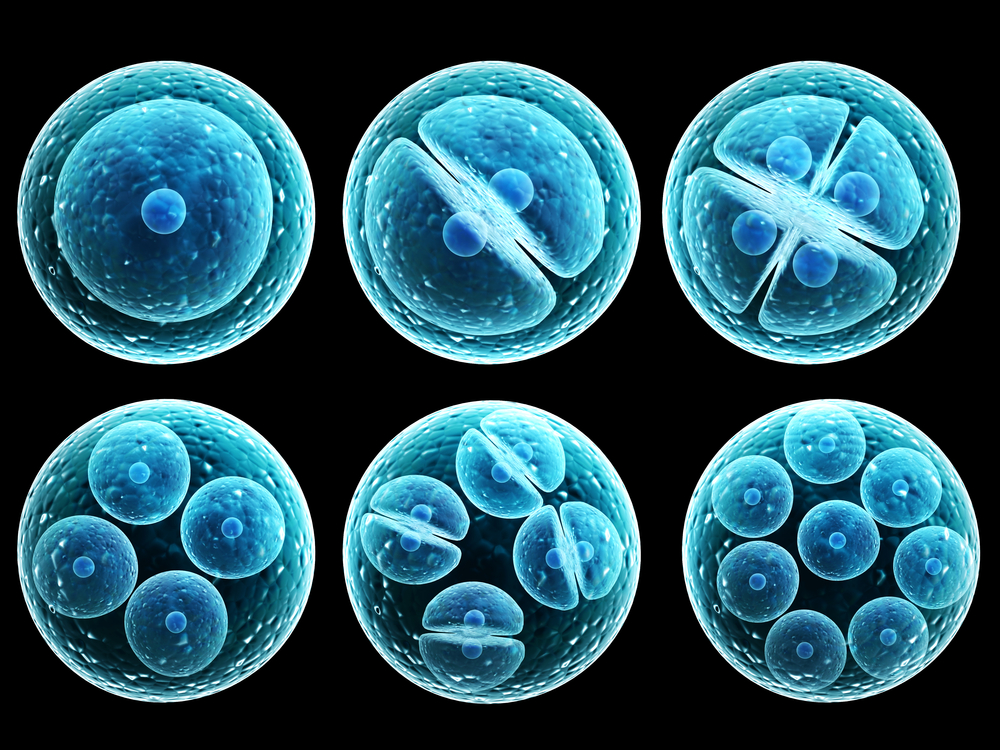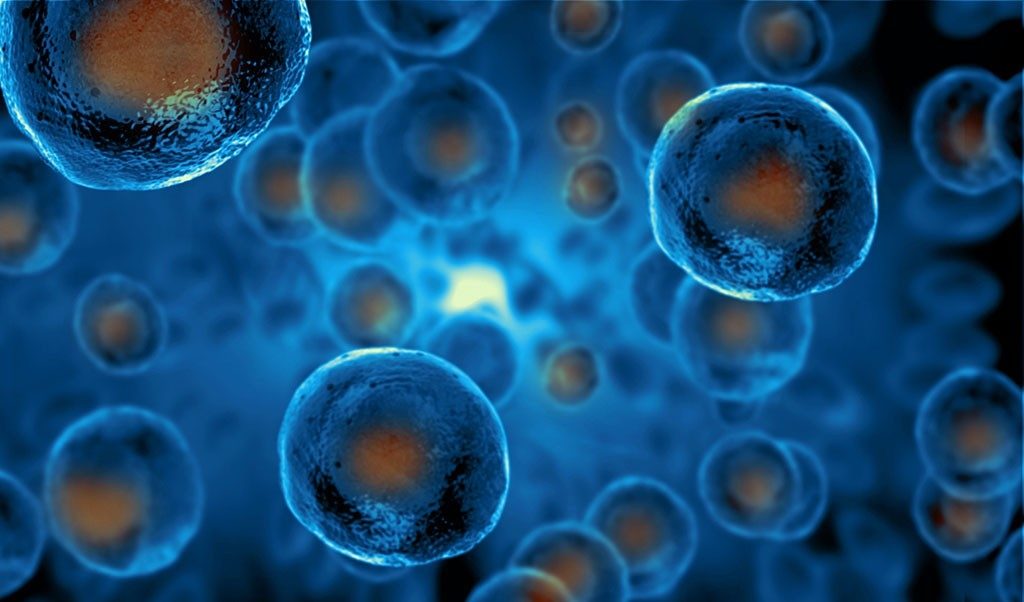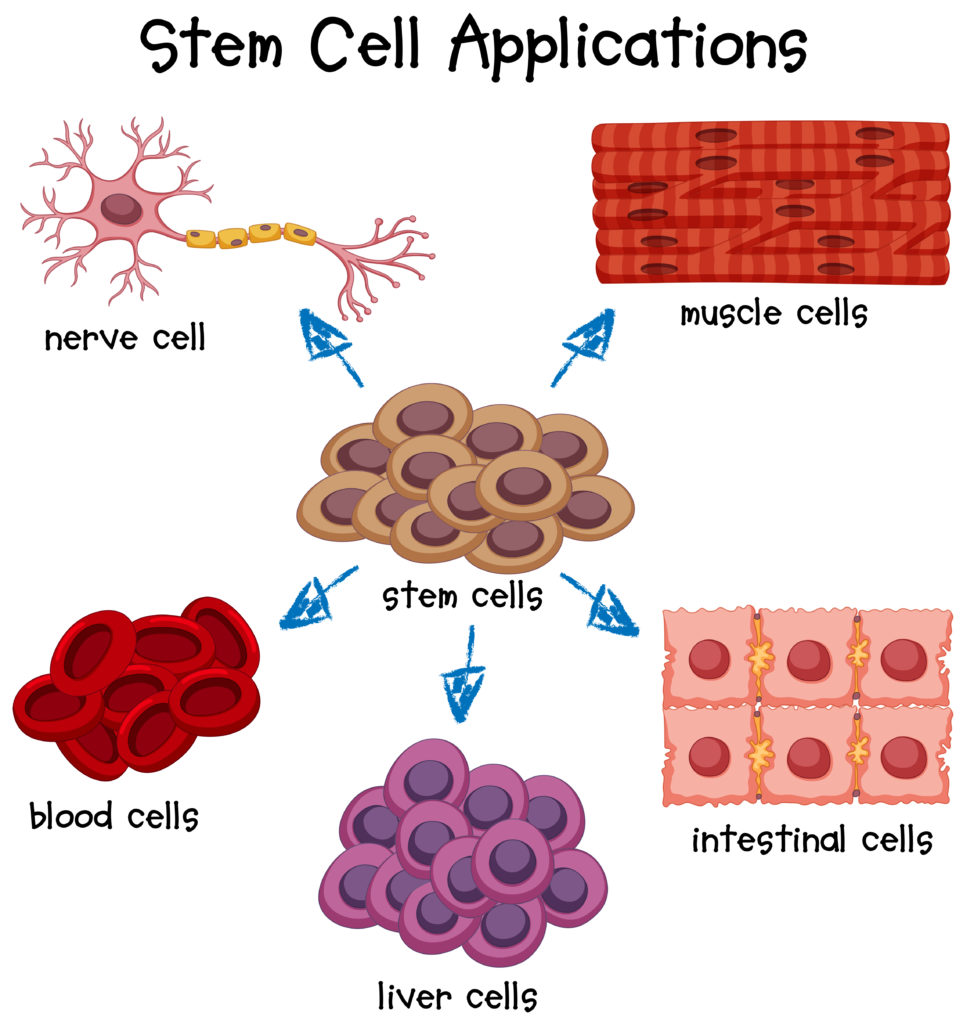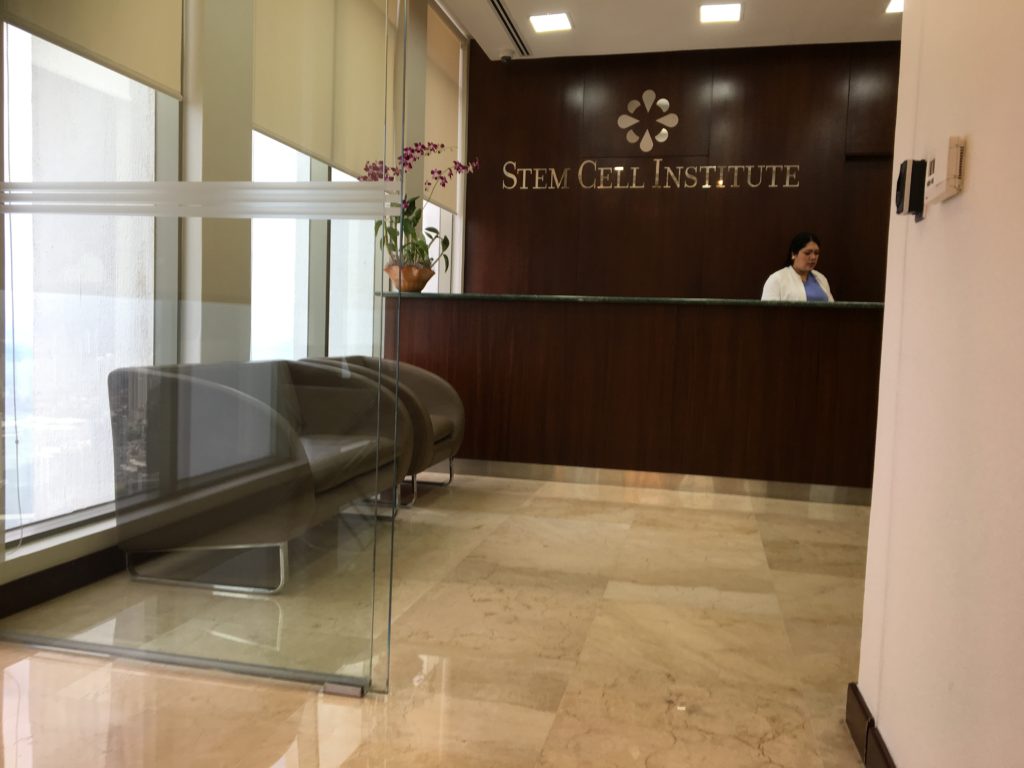
Stem Cell Therapy – The Future of Medicine?
I continually profess that my approach to Physiotherapy is different from the traditional model used here in the UK. The assessment process I use and the detailed questioning of my clients’ history, combined with the background research into their symptoms and ailments, often leads to solutions being found that are ‘outside the box’ of the traditional Physiotherapy model.
Recently, I was presented with the challenge of a client with a rare, degenerative and deteriorating condition. Their story was fascinating and their enthusiasm to source an alternative treatment to that offered via the NHS extremely courageous. A long-time investor in research and development, this client was very keen for me to once again go ‘outside the box’ and exhaust any available treatment options.
My research consistently brought me back to one unorthodox treatment – Stem Cell Therapy – and specifically the radical improvements it was facilitating in clients with otherwise debilitating conditions.
What are Stem Cells?

Research into the use of stem cells dates back as far as 1950, when scientists discovered 2 types within the bone marrow. The first were labelled haematopoietic stem cells which form various elements of blood.
What we’re interested in though are the second kind. They were defined as bone marrow stromal stem cells and are now referred to as mesenchymal stem cells… or ‘MSCs’ for short, which is much easier to pronounce!
MSCs have the capacity to repair bone, cartilage and fat and support the formation of fibrous connective tissue.
MSCs work in 4 main ways;
- Control Inflammation
- Boost the immune system
- Stimulate regeneration
- Reduce scarring
They live in a specific area of each tissue and remain dormant until disease or injury activates them to repair. Unfortunately, there are only a small number of stem cells in each tissue and the number we store decreases with age. This helps to explain why younger children will often heal from trauma much quicker than the elderly. In fact, by the time you reach skeletal maturity in your teenage years, around 90% of your MSC bone marrow reserve has gone – ultimately used during growth and injury repair.
What is Stem Cell Therapy?

Stem Cell Therapy, also referred to as Regenerative Medicine, uses stem cells to promote the reparative response of diseased, dysfunctional or injured tissue. Essentially, it kickstarts your body’s natural ability to heal itself!
Stem cells are injected into the subject via local targeted (at the site) or intravenously (into the bloodstream) techniques. Once the stem cells are in circulation, they are attracted to inflammatory environments and upon finding them, they control the inflammation and get the area ready for repair and regeneration.
They then stimulate the formation of new blood vessels and bioactive molecules which further encourage new cell growth, healing the injury. The more blood vessels created, the better and stronger the wound will heal!
Stem cell therapy has consistently proven to achieve remarkable results for a large variety of ailments where standard medicine has failed. Recent research and clinical trials have demonstrated that it achieves phenomenal results in the treatment of:
- Autoimmune disease
- Spinal cord injury
- Osteoarthritis
- Gut disease
- MS
- Soft tissue trauma
- Autism
- Heart failure
Where can you find Stem Cell Therapy?

When you start to look for stem cell clinics, you’ll be blown away by the number of them that pop up on a Google search!
Several clinics are available throughout Europe, as well as across the pond in the Americas. Unfortunately, here in the United Kingdom the use of stem cells for patient treatment requires a licence from the Human Tissue Authority (HTA) and it is strictly for research purposes only.
Thankfully, there are several other countries around the world where the laws on stem cell therapy are far more liberal. There are an increasing number of ‘Regenerative Medicine’ clinics opening all the time and it’s perfectly legal for foreigners to self-fund their treatment from one of these clinics…
The difficulty is in selecting the best one!
Stem Cell Institute Panama

Following extensive research into suitable clinics, I was repeatedly drawn to the Stem Cell Institute based in Panama, Central America (https://www.cellmedicine.com).
The Stem Cell Institute was created by Dr Neil Riordan, one of the early pioneers and experts in applied stem cell research. He opened the clinic in 2007 after having already established a world leading stem cell research laboratory in the same city.
Today, the Stem Cell Institute is one of the oldest and most well-respected stem cell therapy clinics in the world. It specialises in the treatment of human diseases and conditions with adult stem cells, primarily from human umbilical cord tissue-derived MSCs.
In most cases, human umbilical cord tissue would be disposed of after birth. However, Dr Riordan’s research identified that the tissue has adult MSCs in abundance and he began to use this source in the lab to cultivate further cells for clinical trials and treatment. Dr Riordan’s umbilical cord-derived MSCs are now considered the ‘golden’ standard for treatment of all kinds of health conditions thanks to their strength in regenerative processes. And so, following a brief application process, I managed to secure my client a course of treatment at the Stem Cell Institute in Panama and we visited the clinic in July 2018.
Find out how our visit went in part 2!

Leave a Reply
You must be logged in to post a comment.